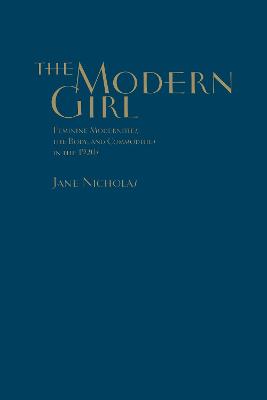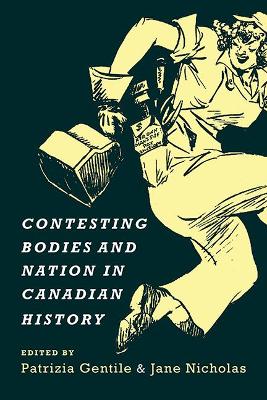Studies in Gender and History
2 total works
With her short skirt, bobbed hair, and penchant for smoking, drinking, dancing, and jazz, the "Modern Girl" was a fixture of 1920s Canadian consumer culture. She appeared in art, film, fashion, and advertising, as well as on the streets of towns from coast to coast. In The Modern Girl, Jane Nicholas argues that this feminine image was central to the creation of what it meant to be modern and female in Canada. Using a wide range of visual and textual evidence, Nicholas illuminates both the frequent public debates about female appearance and the realities of feminine self-presentation. She argues that women played an active and thoughtful role in their embrace of modern consumer culture, even when it was at the risk of serious social, economic, and cultural penalties. The first book to fully examine the "Modern Girl"'s place in Canadian culture, The Modern Girl will be essential reading for all those interested in the history of gender, sexuality, and the body in the modern world.
Contesting Bodies and Nation in Canadian History
by Patrizia Gentile and Jane Nicholas
Published 12 September 2013
From fur coats to nude paintings, and from sports to beauty contests, the body has been central to the literal and figurative fashioning of ourselves as individuals and as a nation. In this first collection on the history of the body in Canada, an interdisciplinary group of scholars explores the multiple ways the body has served as a site of contestation in Canadian history in the nineteenth and twentieth centuries. Showcasing a variety of methodological approaches, Contesting Bodies and Nation in Canadian History includes essays on many themes that engage with the larger historical relationship between the body and nation: medicine and health, fashion and consumer culture, citizenship and work, and more. The contributors reflect on the intersections of bodies with the concept of nationhood, as well as how understandings of the body are historically contingent. The volume is capped off with a critical introductory chapter by the editors on the history of bodies and the development of the body as a category of analysis.

